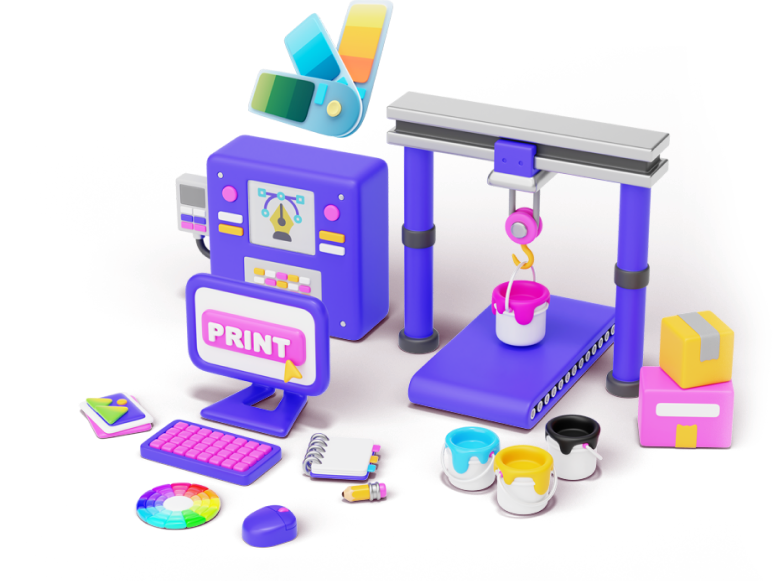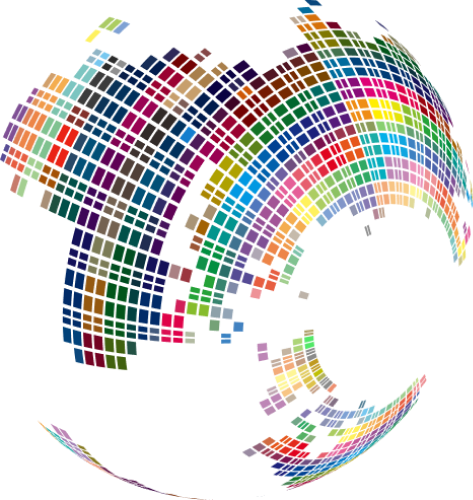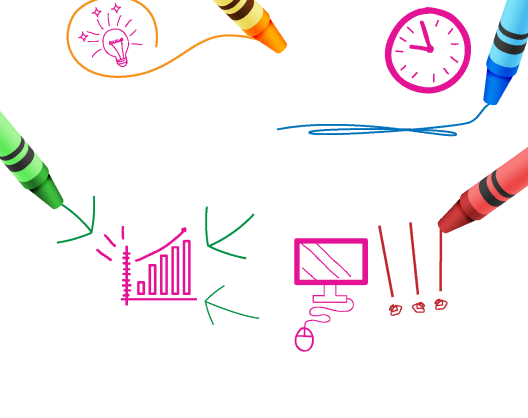
Your brand holds value. Communicating it effectively through print media, branded merchandise, marketing, technology, and point-of-sale is crucial for your success. At Pen Print, we are committed to working with our clients and their team. As market leaders who understand and execute print media, branded merchandise, marketing, technology, and point-of-sale, we assure you of confidence in our capabilities. We are dedicated to meeting our customers' printing material needs.We practice what we preach and are part of your team. We are thorough with every aspect of your project, sharing knowledge, inspiring confidence, and giving you peace of mind. We also have the technology and equipment to streamline the printing process, providing a faster turnaround time without sacrificing quality.

The choice of printing method depends on factors such as the project's desired quality, quantity, material, and budget. Each method has advantages and disadvantages, making it suitable for specific applications.

1-Offset Printing: This is one of the most common commercial printing methods. It involves transferring an image from a metal plate to a rubber blanket, and then to the printing surface. (usually paper). It is often used for high-quality printing, such as books, magazines, and packaging.
2-Digital Printing: This method uses digital files to print directly onto a substrate. It is suitable for short-run printing, and variable data printing (like personalized letters), and is commonly used for. home and office printers.
3-Screen Printing: In this process, a mesh screen is used to transfer ink onto a substrate, leaving a design or image. It is often used for custom t-shirts, posters, and signage.
4-Flexography: This is commonly used in packaging and label printing. It uses flexible relief plates and is known for its efficiency in printing on various materials, including plastic, metallic films, and paper.
5-Gravure Printing: Gravure is a high-quality and high-volume printing method often used for long print runs, such as magazines, catalogs, and packaging. It uses engraved cylinders to transfer ink onto the substrate.
6-Letterpress Printing: A traditional method that involves raised metal or wooden types and plates. It is often used for specialty items like wedding invitations and business cards.
7-Laser Printing: This is commonly used in office environments. It uses a laser beam to create an electrostatic image on a drum, which then attracts toner particles and transfers them to paper.
8-Inkjet Printing: This technology sprays tiny droplets of ink onto paper to create images. It is versatile and used in both home and office printers, as well as large-format printers for graphics and posters.
9-3D Printing: Unlike traditional printing, 3D printing creates three-dimensional objects by adding material layer by layer. It is used in various fields, including prototyping, manufacturing, and even healthcare.
10-Dye-Sublimation Printing: Commonly used for printing on fabrics, ceramics, and specialty items. It involves transferring dye into the substrate using heat.
11-Thermal Printing: This method uses heat to transfer ink onto paper or other substrates. It is often used in receipt printers and label printing.
12-Screenless Printing: Emerging technologies like nanotechnology-based printing and 3D bioprinting represent the future of printing, allowing for incredibly precise and specialized applications.
